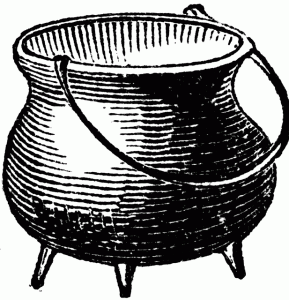I don’t mind saying: the Dewey Decimal System has some peculiarities. That’s probably (well, it IS) due to the fact that the system is basically a physical incarnation of Melvil Dewey’s mental map of knowledge. Given that Mr. Dewey, while smart and organized, was a) a Victorian and b) by modern standards, Not A Great Guy, it stands to reason that his understanding of how various subjects should be classified and how they relate to each other might not always jive with how we see things today. (And, shout out to the amazing librarians, like LPL’s own Emily and Kate, who are leading the charge to rectify some of Dewey’s more problematic issues.) That said, the sometimes idiosyncratic-seeming juxtaposition of subjects in Mr. Dewey’s organizational scheme has sometimes led me to insights on a topic that I might otherwise have overlooked.
Take, for instance, the 600s. Books in the 600s are classified under the broad umbrella of Technology, and there, plunked down amidst works on medicine, engineering, chemicals, and manufacturing--subjects that are easy to understand as “technology”--you’ll find...cookbooks. (Dewey's preferred term was, obviously, "Cookery.") Wait, meatloaf is technology? Given all that we take for granted about the tools and supplies and methods we have had at our disposal, at first blush it can be hard to see the connection.
But here recently, with the shelves of our supermarkets often bare of baking supplies (let’s not even talk about toilet paper!), I started to wonder about what folks used before yeast came in little packets and Clabber Girl was the face of baking powder. And this is where it starts to come clear how much even something as mundane-seeming as cooking is marked all over by the fingerprints of human innovation; that is, technology. Yeast, for instance, floats wild in the air around us, but can be captured and cajoled into fermentation to leaven breads and brew beer. Baking powder’s predecessor, pearlash, has its origins in a process that begins with fireplace ashes. Cream of tartar, another leavener, was originally made from the residue left in empty wine barrels. A loaf of bread, a birthday cake, a beer on the front porch: the results of generations of observation, trial and error, lucky accidents, and ingenuity.
While we can't physically peruse Dewey's mental map just now, there are still plenty of 600s available to you. Here are a few:
The Noma Guide to Fermentation
-Melissa Fisher Isaacs is the Information Services Coordinator at Lawrence Public Library.



Add a comment to: Techno-Cookery